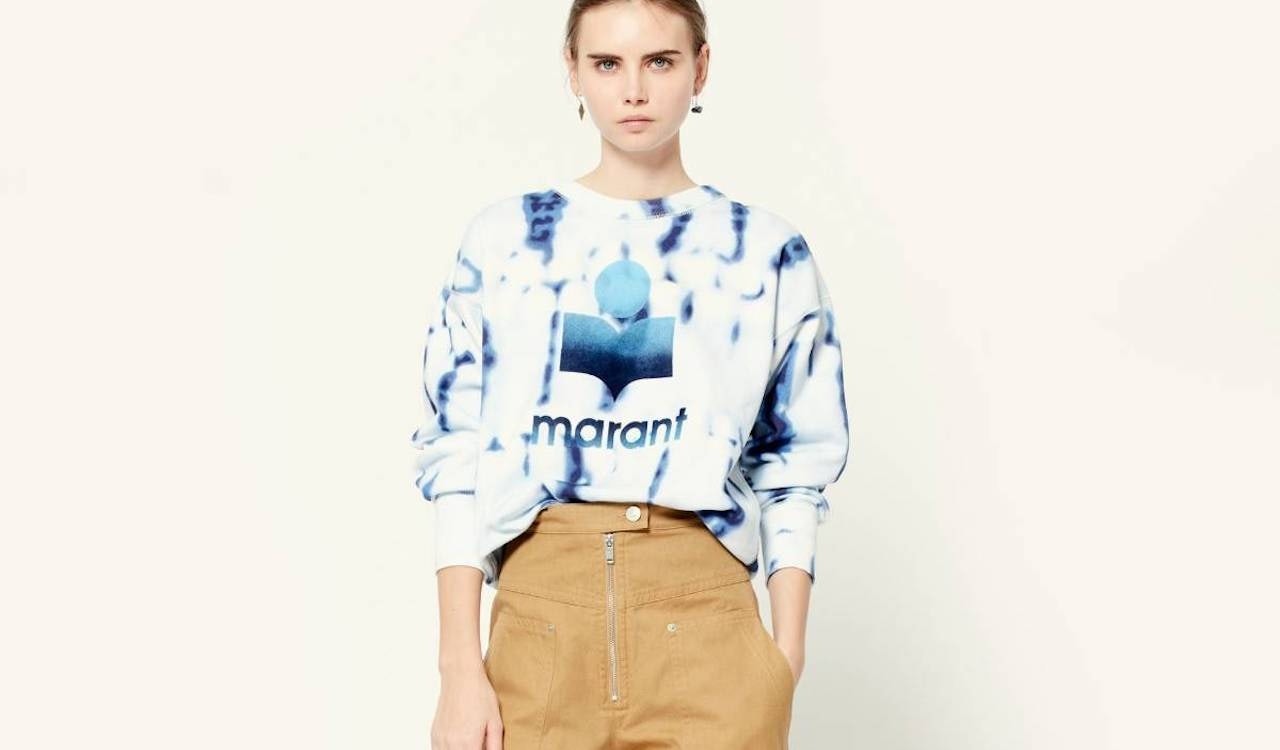Key Takeaways:#
- Nostalgia-loving millennials and sustainability-minded Gen Zers offer brands new opportunities to make use of deadstock and unsold inventory.
- A handful of luxury brands, Mulberry and Isabel Marant among them, have recently launched trade-in programs that offer vouchers for used goods, which are then refurbished and sold in-house.
- The potential for sales of deadstock and archival pieces in China remains murky as the primary driver for secondhand purchases among young Chinese consumers appears to be price, not sustainability.
Resale is a hot topic in the global luxury market, with brands like Gucci and Burberry inking partnership deals with major platforms such as The RealReal or Vestiaire Collective. For brands that have previously been on the receiving end of bad press for destroying unsold stock, online platforms offer a conduit for getting rid of excess inventory while linking them to the circular economy trend.
More brands are taking advantage of the ability to market unsold inventory as “archival” or “vintage” and offer these older styles through in-house channels. This past spring, Nike launched its Refurbished program in 15 stores, giving customers a chance to trade in their worn sneakers, which the brand then refurbished for sale. Among others rolling out similar programs are Lululemon, Madewell, Patagonia, and Eileen Fisher.
Banana Republic latched onto the circular trend with its “BR Vintage” capsule collection, featuring 225 deadstock pieces from the 1980s and 1990s culled from the company’s archives or purchased from secondhand sellers. In broad terms, these programs show great potential as they simultaneously tap two powerful generational trends: nostalgia for the 1980s and 1990s among millennials and Gen Z’s interest in sustainability.
In the luxury space, British brand Mulberry piloted its “Mulberry Exchange” program in April, giving customers a chance to trade in their used handbags for credit towards a new purchase, with Mulberry restoring the pre-owned bags before offering them for resale via Mulberry.com and Vestiaire Collective. The same month, luxury giant LVMH launched a program to sell unused textiles to the public rather than letting them go to waste.
Upcycled collections offer another route for brands to express creativity in the use of old inventory that taps into the TikTok-led DIY trend of repurposing old items. Last week, Paris-based Isabel Marant launched an in-house “vintage” line that incorporates deadstock and offers consumers the opportunity to trade in their pre-owned apparel for credit.
But a key question for any luxury brand interested in the circular economy trend is its viability in China, a market where the focus remains largely on new products, even as interest in secondhand luxury rises among Gen Z consumers with relatively modest spending power. So far, it’s not clear how much demand there would be archival or deadstock pieces from luxury brands in China, as price appears to be the primary driver of interest in secondhand luxury goods.
Compared to their international peers, young Chinese consumers are less motivated by the sustainability aspects of luxury resale than they are by the prospects of saving money or obtaining hard-to-get items (the latter a driving force in China’s resale sneaker boom.) Tony Wang, founder of the independent brand strategy firm Office of Applied Strategy, told Jing Daily, “One barrier to luxury resale is that sustainability isn't as big of a thing yet in China. That's something that will take a little bit longer. It will be the last of the East Asian countries to really jump on that bandwagon.”
If sustainability isn’t much of an immediate demand driver in China, brands hoping to unload unsold inventory or offer in-house resale should emphasize what does resonate right now: namely, better prices, trustworthy authentication, and the availability of rare items. These selling points can essentially help to make inroads in China as interest in sustainability starts to take hold among younger consumers, and as their incomes rise and price is no longer a central concern.

